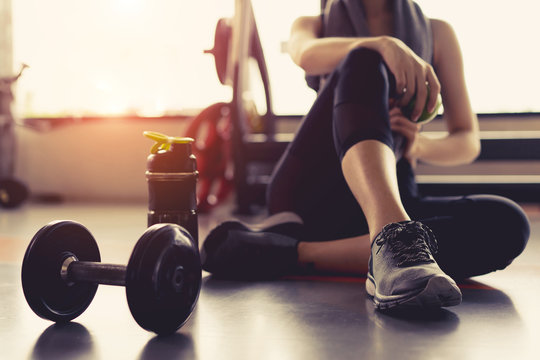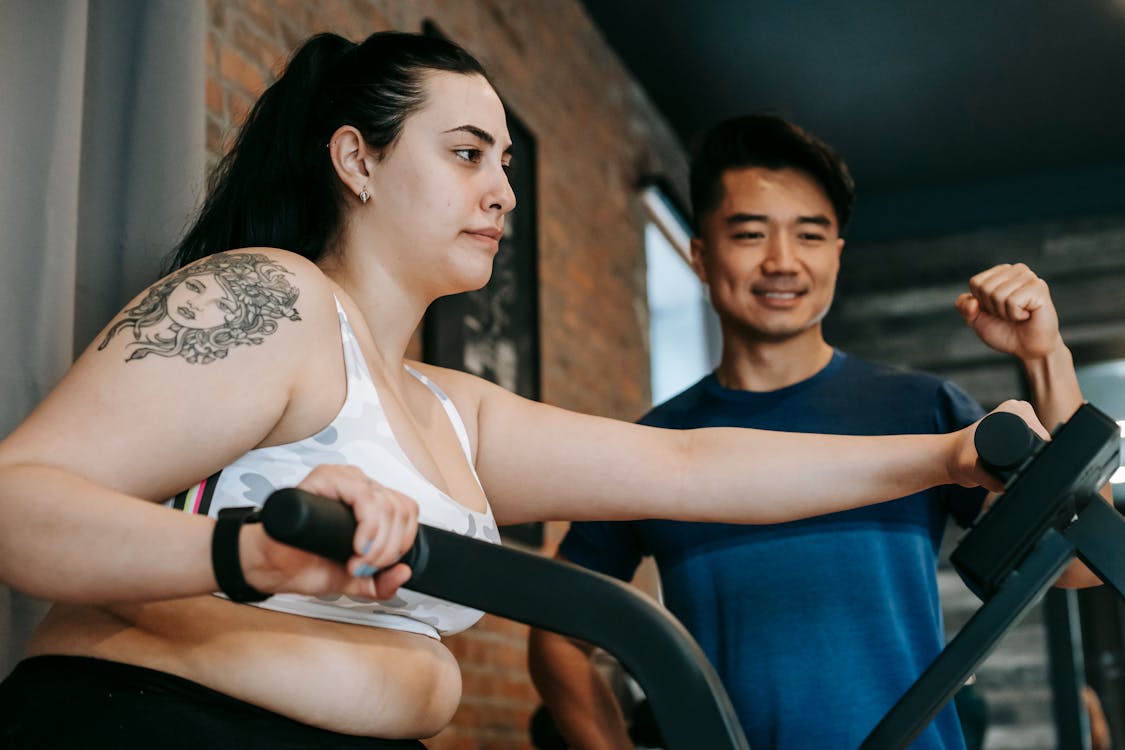Fitness is a journey, not a destination. It requires dedication, hard work, and a well-planned strategy. Whether you're a beginner or a seasoned athlete, this fitness guide will provide you with the tools and knowledge you need to achieve your goals.
Setting Goals
Before you start your fitness journey, it's important to define your goals. What do you want to achieve? Do you want to lose weight, build muscle, increase your endurance, or improve your overall health? Setting specific, measurable, and achievable goals will help you stay motivated and focused.
Creating a Workout Routine
A well-structured workout routine is essential for achieving your fitness goals. It should include a combination of cardiovascular exercise, strength training, and flexibility exercises. Aim to exercise at least three to four times per week, with at least one day of rest in between.
Read More: Cardiovascular Exercise
Cardiovascular exercise, such as running, cycling, or swimming, is essential for improving your heart health and increasing your endurance. Aim for at least 150 minutes of moderate-intensity aerobic exercise per week.
Strength Training
Strength training, such as weightlifting or bodyweight exercises, is essential for building muscle and improving your overall strength. Aim for at least two strength training sessions per week.
Flexibility Exercises
Flexibility exercises, such as yoga or stretching, are essential for improving your flexibility and reducing your risk of injury. Aim for at least two flexibility sessions per week.
Nutrition and Hydration
Proper nutrition and hydration are essential for fueling your body and supporting your fitness goals. Aim to eat a balanced diet that includes plenty of fruits, vegetables, whole grains, and lean protein sources. Stay hydrated by drinking plenty of water throughout the day.
Tips and Tricks
Here are some additional tips and tricks to help you achieve your fitness goals:
- Find a workout buddy to keep you motivated and accountable
- Mix up your workout routine to avoid plateaus
- Listen to your body and take rest days as needed
- Track your progress and celebrate your successes
- Stay consistent and patient, fitness is a journey, not a destination
By following this comprehensive fitness guide, you'll be well on your way to achieving your fitness goals and living a healthier, happier life. Always consult with a healthcare professional before starting any new exercise or nutrition program. For more details visit the following article links :
Setting Goals Creating a Workout Routine Cardiovascular Exercise Strength Training Flexibility Exercises Nutrition and Hydration Tips and Tricks Setting Goals Creating a Workout Routine Cardiovascular Exercise Strength Training Flexibility Exercises Nutrition and Hydration Tips and Tricks Setting Goals Creating a Workout Routine Cardiovascular Exercise Strength Training Flexibility Exercises Nutrition and Hydration Tips and Tricks Setting Goals Creating a Workout Routine Cardiovascular Exercise Strength Training Flexibility Exercises Nutrition and Hydration Tips and Tricks Setting Goals Creating a Workout Routine Cardiovascular Exercise Strength Training Flexibility Exercises Nutrition and Hydration Tips and Tricks Setting Goals Creating a Workout Routine Cardiovascular Exercise Strength Training Flexibility Exercises Nutrition and Hydration Tips and Tricks Setting Goals Creating a Workout Routine Cardiovascular Exercise Strength Training Flexibility Exercises Nutrition and Hydration Tips and Tricks Setting Goals Creating a Workout Routine Cardiovascular Exercise Strength Training Flexibility Exercises Nutrition and Hydration Tips and Tricks Setting Goals Creating a Workout Routine Cardiovascular Exercise Strength Training Flexibility Exercises Nutrition and Hydration Tips and Tricks Setting Goals




